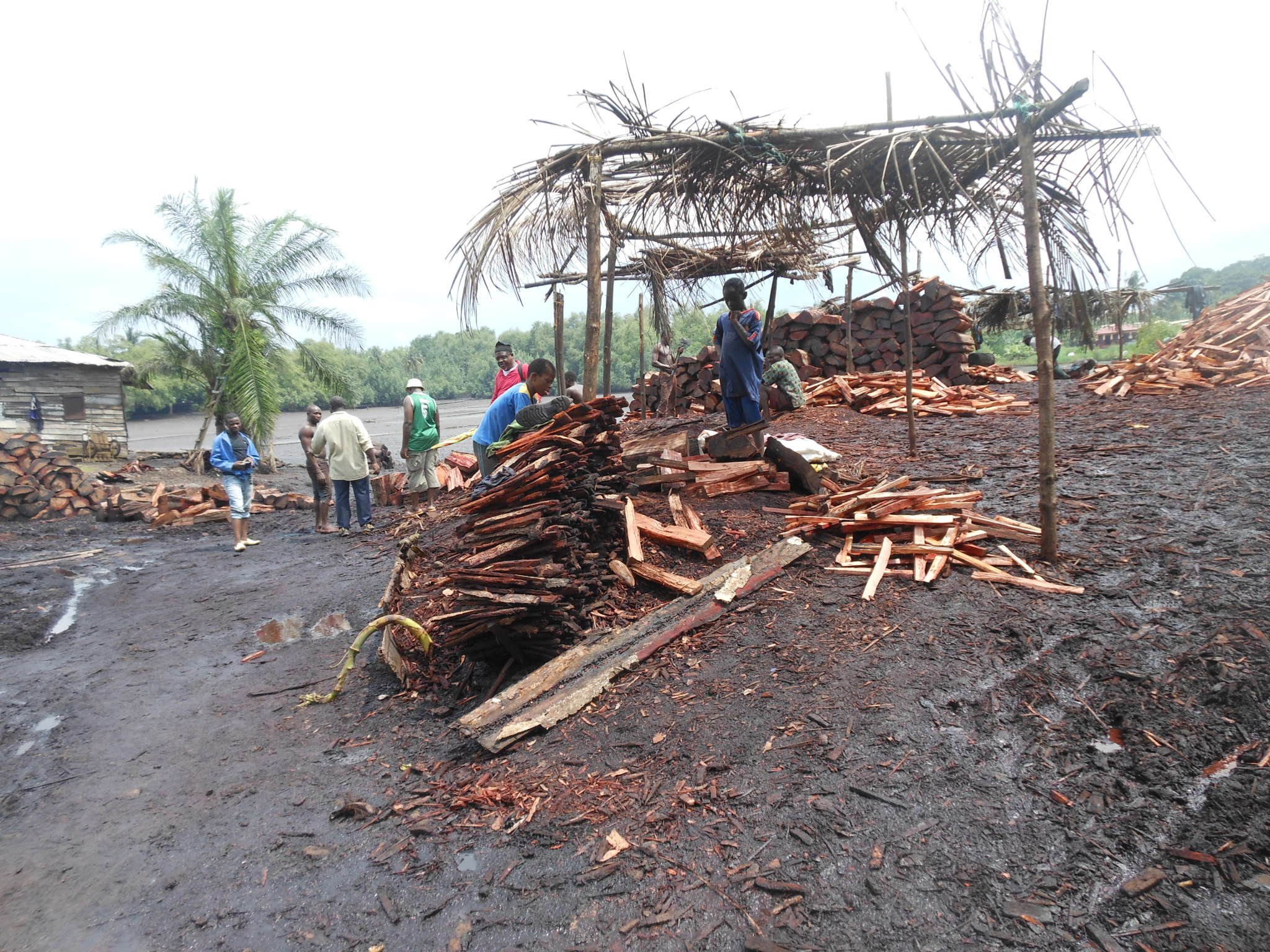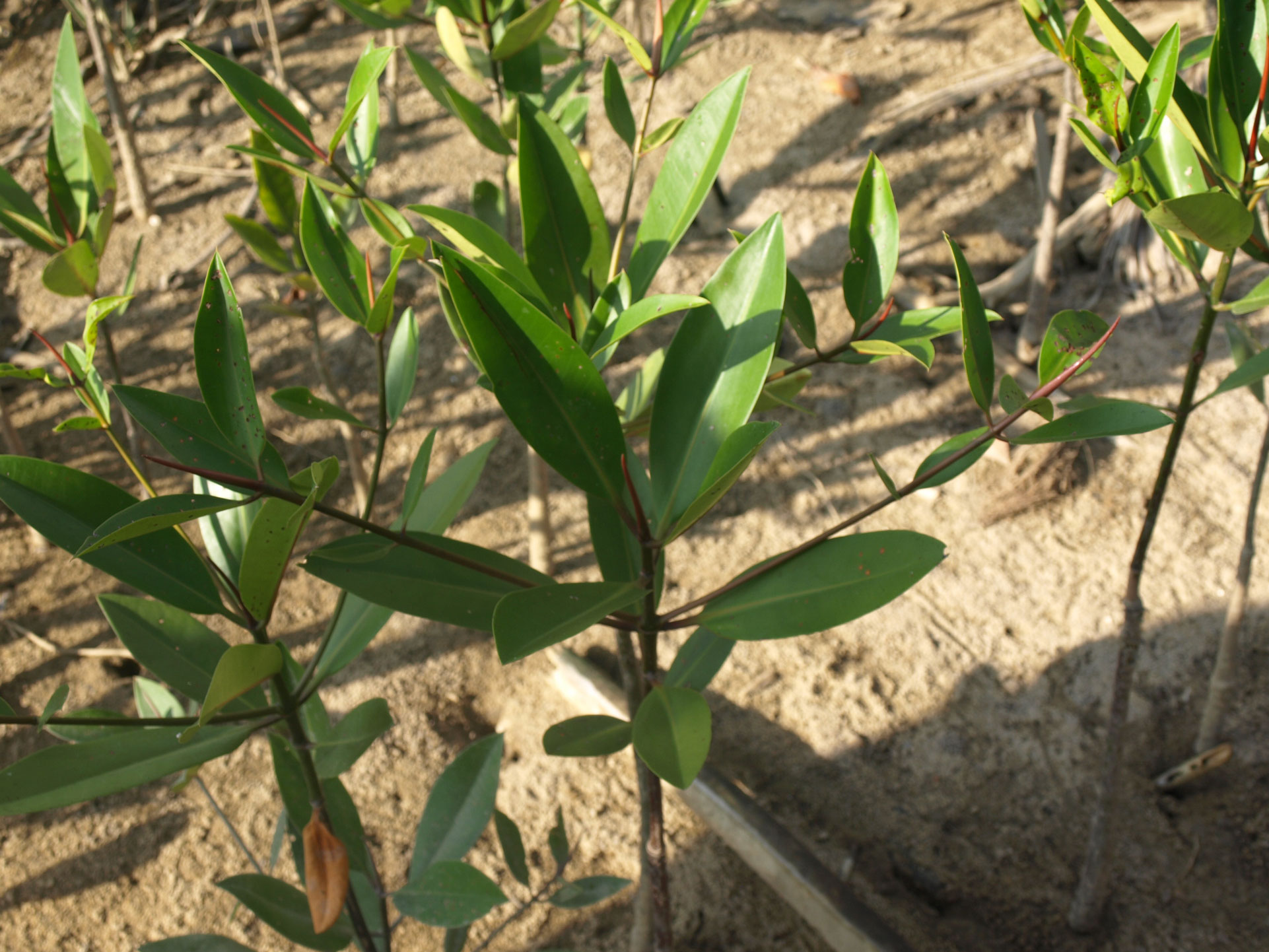Mangrove Conference

Background
| Mangrove forests growing in intertidal coastal zones in the tropics and subtropics are among the most productive ecosystems in the world, providing a wide range of forest goods and many valuable environmental services. Mangrove trees are harvested for woodfuel and timber for construction. People derive medicines from mangrove ecosystems, and the leaves of some mangroves species are used as forage for goats and sheep. Mangrove palm leaves are used as a source of fibre and to thatch houses, and mangroves form breeding grounds for a wide range of bony fish and shellfish. The environmental services performed by mangroves include those related to costal protection, biodiversity conservation, carbon storage, recreation, and ecotourism. Mangrove ecosystems and their associated mudflats and waterways have important ecological value as nesting, stopover and feeding sites for migratory birds. Mangrove forests are estimated to store 1023 tonnes of carbon per hectare, which is up to five times more than carbon stored in terrestrial tropical forests. Mangrove ecosystems are essential for climate-change adaptation and mitigation: if sustainably managed, they will increase the resilience of ecosystems and the livelihoods of coastal inhabitants while storing large amounts of carbon and providing other environmental services. But the area of mangrove forests is decreasing in many tropical countries due to poor management and rapid development. The World Mangrove Atlas published in 2010 by the ISME, ITTO and others reported the global extent of mangrove forests at 15.2 million hectares in 2005, down from 18.8 million hectares in 1980. The main cause of loss of mangrove ecosystems in recent decades has been conversion for urban and industrial development and for aquaculture and agriculture. The strongest driver of mangrove conversion is the development of shrimp aquaculture, especially in Southeast Asia but also in Central and South America. It has been estimated that 38% of global mangrove loss is due to clearing for shrimp ponds, and another 14% can be attributed to conversion for other forms of aquaculture. A number of international organizations provide financial and technical support for initiatives to conserve and sustainably manage mangroves. These include: the International Partnership for Blue Carbon, led by the governments of Australia, Costa Rica and Indonesia; the Mangroves for the Future (MFF) initiative of the International Union for Conservation of Nature (IUCN); ISME; ITTO; the Convention on Biological Diversity; and the International Partnership for Satoyama Initiative. Together with various bilateral and multilateral mangrove initiatives, national commitments to the conservation, sustainable management and use of mangrove forests have increased substantially in many mangrove-rich countries in recent years. Innovative national policies, legislation frameworks and institutional arrangements as well as impressive restoration and management actions on the ground are being developed or are already taking place. The International Conference on Sustainable Mangrove Ecosystems will build on lessons learned from the many initiatives and projects undertaken to promote the protection, restoration and sustainable management and use of mangrove ecosystems, and it will identify ways to maintain and increase the contributions of mangrove ecosystems to livelihoods and the global environment. |
  |